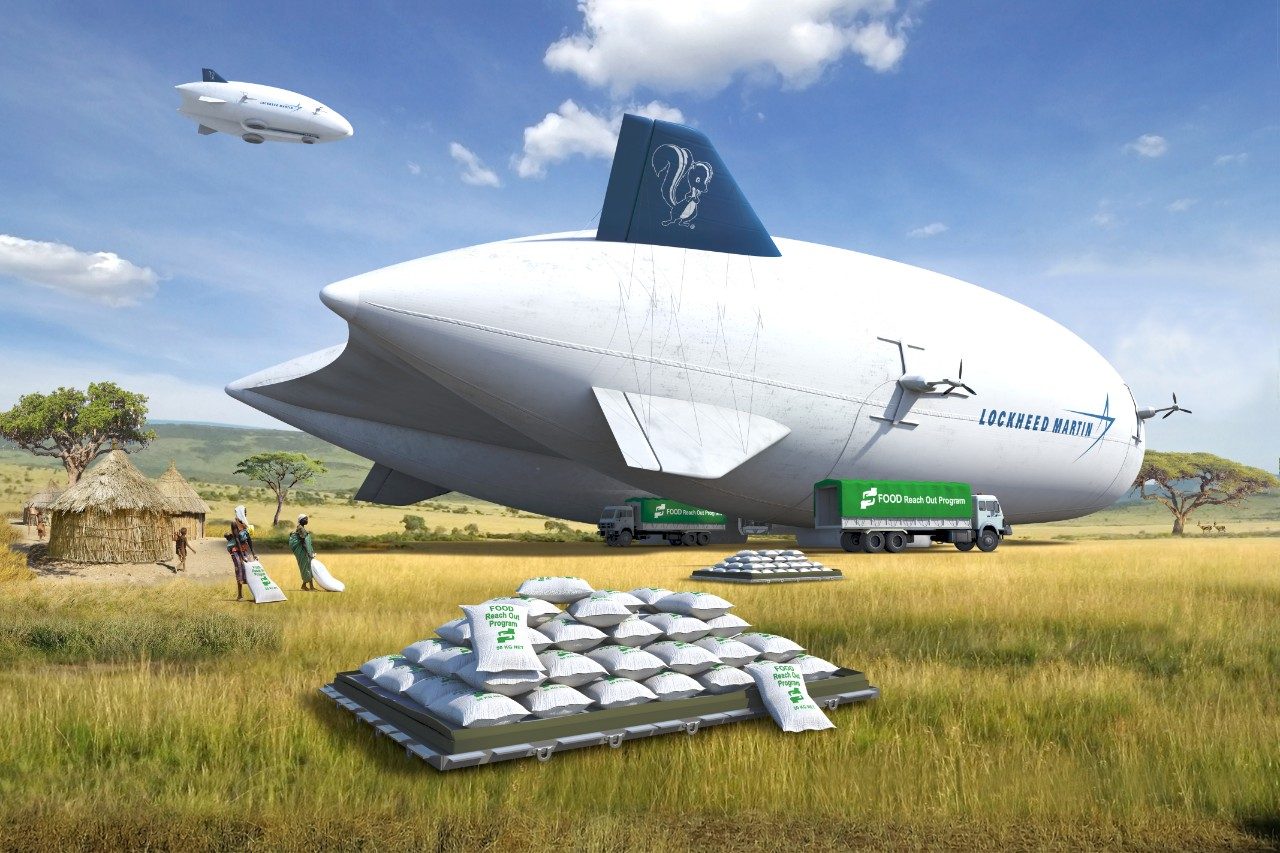
Modern technology, more accurate weather forecasts and a great need to reduce greenhouse gas emissions may once make the Airship relevant again.

Airships had its heyday at the beginning of the last century, but it came to an abrupt end with a severe accident in 1937, when the hydrogen-filled Zeppelin airship Hindenburg exploded at Lakehurst in New York. The airships were outcompeted by commercial aircraft shortly thereafter.

Now scientists from Brazil, Germany, and Malaysia are arguing that hydrogen-filled airships should once again be used to traverse the globe, but for a whole different set of reasons.
The transport sector is responsible for around 25 percent of global CO2 emissions caused by humans, today. Of these emissions, 3 percent come from cargo ships, but this figure is expected to increase by between 50 percent and 250 percent until 2050. These projections necessitate finding new approaches to transporting cargo with lower demand for energy and lower CO2 emissions.
The hydrogen gas itself within the airship’s balloon is a valuable cargo in the near future, according to a new study led by Julian Hunt at the international research institute IIASA, in Austria. Hydrogen is an efficient way of storing energy from solar and wind production. The problem is that it takes a lot of energy to transport it.
Hydrogen must be cooled down and converted to liquid form with high pressure. However, if you do not convert hydrogen into liquid form, you save up to 30% of the energy produced. The solution is hence, the airship. Filling it with hydrogen is what makes it fly, and at its final destination, the hydrogen can be used to power a fuel cell where the only exhaust gas becomes water.
The lift capability of an airship is equal to the buoyant force minus the weight of the airship and based on specific lift (lifting force per unit volume of gas), the greatest static lift is provided by hydrogen (11.15 N/m3 or 71 lbf/1000 cu ft) with helium (10.37 N/m3 or 66 lbf/1000 cu ft) a close second.
The problem with hydrogen, however, is still its reactive nature; the explosive reactions that may be triggered by spark, heat, or sunlight. But the international research group also has an answer to the risk of explosion; driverless airships and automated loading and unloading would reduce the risk of accidents. Airports are proposed to be located at remote locations and the airships would not be allowed to fly at low altitudes over cities.
There is a lot of political pressure to reduce carbon dioxide emissions, and we must see a transition to a hydrogen-based economy, according to Julian Hunt, the lead author of the study.
“Airships have been used in the past and provided great services to society. Due to current needs, airships should be reconsidered and returned to the skies. Our paper presents results and arguments in favor of this. The development of an airship industry will reduce the costs of fast delivery cargo shipping, particularly in regions far from the coast. The possibility to transport hydrogen without the need to liquefy it would reduce the costs for the development of a sustainable and hydrogen-based economy, ultimately increasing the feasibility of a 100 percent renewable world,”
– Study lead-author Julian Hunt, IIASA post-doctoral fellow.

The authors propose that airships should harness the naturally occurring jet stream roaming around the planet. The jet stream is a core of strong winds that flows from west to east, around 8 to 12 kilometers above the Earth’s surface.
According to the researchers, airships flying in the jet stream could reduce CO2 emissions and fuel consumption, as the jet stream itself would contribute most of the energy required to move the airship between destinations, resulting in a round trip of 16 days in the northern hemisphere, and 14 days in the southern hemisphere. This is considerably less time compared to current maritime shipping routes, particularly in the southern hemisphere.
Reference:
Julian David Hunt et al. Using the jet stream for sustainable airship and balloon transportation of cargo and hydrogen https://doi.org/10.1016/j.ecmx.2019.100016






















